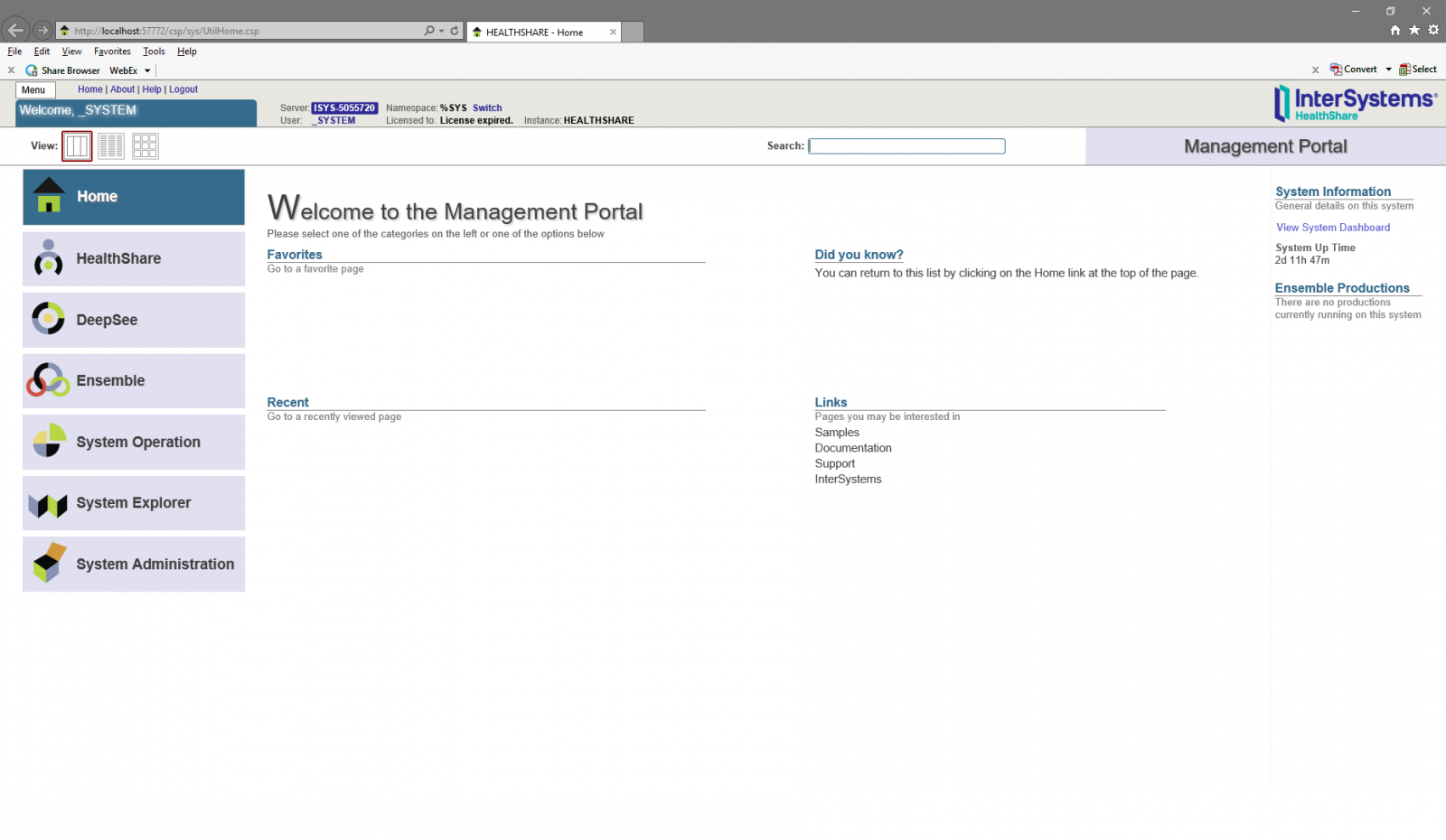I have a persistent class.
I want to store one of the properties there as a stream or a string depending on a size.
99% of values would be strings (less than $$$MaxStringLength characters) so I don't want to store everything as streams.
What do you think of this approach?
What's the best architecture to implement in this situation?




